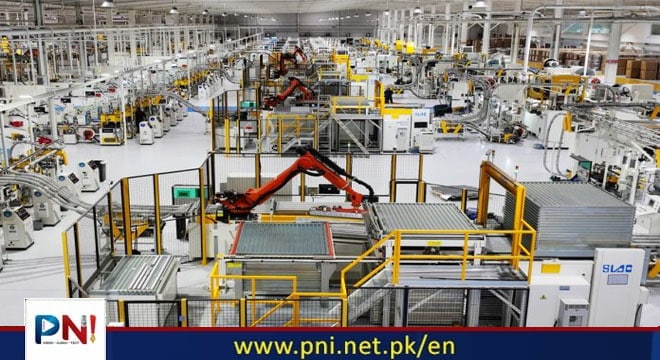BEIJING, Jun 26 :China is not merely becoming an innovation superpower of the world, but also scripting its own version of techno-industrial ascendancy. Despite the geopolitical crosswinds and a chorus of Western skepticism, Beijing has kept its eye firmly on the twin imperatives of innovation and sustainability.
China’s experiment with innovation-driven development has started to yield quantifiable returns. The numbers are instructive: in 2024 alone, the country’s integrated circuit (IC) industry expanded by 22.2%, with exports of ICs surpassing 1.1 trillion yuan ($153 billion), an all-time high. In an era where semiconductors are as strategically valuable as oil once was, this marks not just economic success but geopolitical leverage.
Take the example of EVs. According to the China Association of Automobile Manufacturers, China exported more than 1.2 million electric vehicles in the first five months of 2025 alone – a 20% year-on-year increase. Many of these are now hitting markets from Southeast Asia to Europe. The underlying technological capacity – battery efficiency, intelligent systems, and lightweight chassis – are no longer licensed or imported; they are largely homegrown. The State Council’s new report confirms this quiet revolution: China’s “modern industrial system,” as it calls it, is no longer aspirational. It’s operational.
But perhaps most remarkable is the balancing act being performed between economic expansion and environmental restraint. In 2024, China managed to reduce its energy consumption per unit of GDP by over 3%. That might seem incremental, but for the world’s second-largest economy – and its largest emitter – it’s a signal that low-carbon development is no longer a peripheral concern. At the national level, coal dependency is being shaved off gradually, while renewable energy infrastructure – particularly in wind and solar – is scaling at breakneck speed. As of mid-2025, China accounts for more than 40% of global clean energy investments, according to the International Energy Agency.
China’s model is not pretending to be Silicon Valley. It is building something more systemic – where industrial strategy, academic research, and climate goals are braided together under the umbrella of national rejuvenation. For a country that was once the poster child of copycat manufacturing, this evolution is more than symbolic.
China’s innovative development points to a diverse future: innovation is not a monopoly of the West, and sustainable development is not the preserve of the already developed. That, in itself, is a development worth applauding.
Follow the PNI Facebook page for the latest news and updates.








